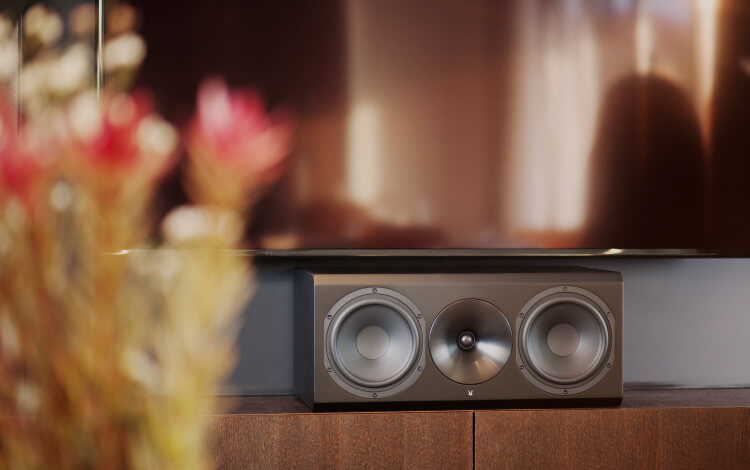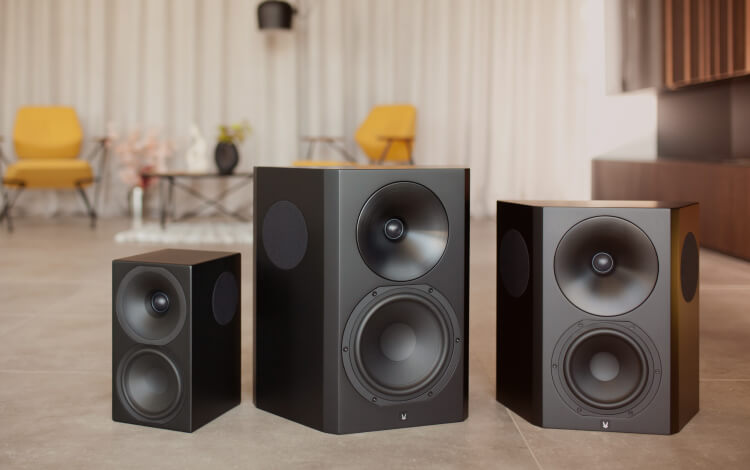How Enhanced Directionality in Surround Sound Systems Improves Your Audio Experience
Introduction to Directional Audio in Home Theater
When setting up a home theater system, one of the most crucial elements for an immersive experience is the directionality of the sound. This is where surround sound systems truly shine. Unlike traditional stereo setups that limit audio to a left and right channel, surround sound systems create a multi-dimensional soundscape that can transport you into the heart of the action, whether you’re watching a film, playing a video game, or enjoying a live concert recording.
The essence of surround sound lies in its ability to precisely place and move audio within a space, making every explosion, whisper, or musical note feel as though it’s coming from a distinct location. The result is a more realistic and engaging listening experience, which cannot be replicated by simpler audio systems.
As home theaters become more sophisticated, understanding the importance of enhanced directionality and how to optimize it for your personal space is key. This guide will navigate through the concepts, techniques, and equipment necessary to achieve optimal directional audio for a truly captivating home theater experience.
The Science Behind Sound Directionality
The science of sound directionality is deeply rooted in the physics of how sound waves travel and interact with environments. Sound directionality, or the ability of a listener to perceive the origin of a sound, is essential in creating a realistic audio experience.
Advanced surround sound systems leverage algorithms and audio processing techniques to manipulate the timing, loudness, and phase of sound waves. This manipulation allows them to emulate the way sound behaves in real-world environments, providing listeners with cues that mimic those found in natural settings.
These technological advancements are crucial in home theaters, where the goal is to replicate the audio dynamics of cinema or live performance environments. Enhanced directionality helps distinguish subtle sounds, such as footsteps sneaking up from behind or a whisper in the crowd, adding depth and realism to the viewing experience.
Comparing Surround Sound Systems with Stereo and Soundbars
While traditional stereo systems and modern soundbars offer basic sound enhancements, they lack the complexity and depth of surround sound setups. Stereo systems, utilizing only two audio channels, can create a sense of left and right, but they cannot fully emulate sound moving through three-dimensional space.
Soundbars attempt to bridge this gap with virtual surround sound, which uses acoustic tricks to give the illusion of a more expansive soundstage. However, they often fall short in delivering the pinpoint accuracy of sound location that true surround sound systems provide.
For homeowners considering a home theater system, the choice between these options should consider room size, acoustics, and the desired immersion level. Surround sound systems, with their multiple speakers and strategic placement, are better suited for creating a comprehensive, immersive audio environment that stereo systems and soundbars simply cannot match.
Components of a Surround Sound System
A typical surround sound system includes various speakers placed strategically around the listening area—front, center, surround, and sometimes additional subwoofers for bass enhancement. Each component plays a role in enveloping the listener in sound.
The receiver acts as the hub of the system, processing the incoming sound and distributing it to the appropriate speakers. Modern receivers also include room calibration technology, which uses microphones to automatically adjust speaker output to compensate for room acoustics.
Calibration is crucial for maximizing the potential of a surround sound system. Proper calibration ensures that the sound from each speaker reaches the listener at the right time and volume, creating a cohesive and immersive audio environment.
Setting Up for Optimal Directionality
The acoustics of the room are a critical factor in the setup of a surround sound system. Hard surfaces can cause sound waves to bounce, creating echoes and muddying the audio landscape. Conversely, too many soft surfaces might absorb too much sound, dampening its impact.
Speaker placement is another pivotal aspect. For example, the center channel should be directly aligned with the TV for optimal dialogue clarity, while the side and rear speakers should be placed at specific angles relative to the listener to enhance the illusion of movement and depth.
Calibration techniques often include adjusting speaker levels and delays based on the listener’s position, ensuring that the sound from all directions is integrated seamlessly. These adjustments help maintain the integrity of the sound’s directionality, which is essential for a true home theater experience.
Advanced Technologies in Directional Audio
Current technologies like Dolby Atmos and DTS:X represent significant advancements in surround sound capabilities. These technologies use audio objects instead of traditional channels, allowing sound designers to specify the precise location of a sound in three-dimensional space.
The future of directional audio looks promising, with ongoing developments in audio processing and speaker design. Innovations such as beamforming technology and AI-driven sound optimization continue to push the boundaries of what is possible in home audio systems.
Integrating these advanced technologies into existing systems can be challenging but rewarding. For enthusiasts looking to upgrade, compatibility with existing components and the ability to expand are key considerations that can lead to a superior audio experience.









